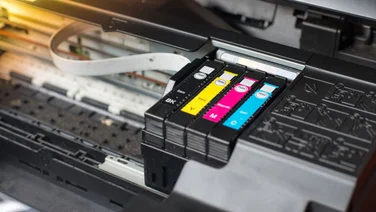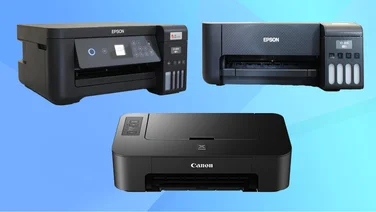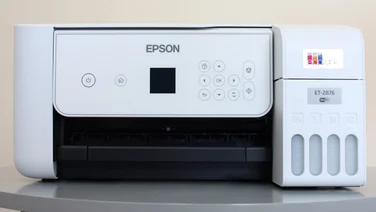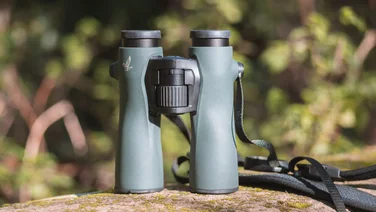To help us provide you with free impartial advice, we may earn a commission if you buy through links on our site. Learn more










Pocket ultra-zoom cameras combine point-and-shoot simplicity with a big zoom to help frame shots more creatively, and are a worthwhile upgrade to a smartphone’s camera that can’t zoom at all. The HX20V is the pricier of two such models in Sony current range (HX10V review coming soon). Its specification are uncannily similar to rival models, such as the Canon PowerShot SX260 HS, Fujifilm Finepix F770EXR and Panasonic Lumix DMC-TZ30: 20x zoom lens, 3in screen, 10fps continuous shooting, manual exposure control, 1080p videos and GPS for geo-tagging photos. It’s pricier than its rivals, though, which cost from £248 to £289 as of today.

One justification is the HX20V’s ability to capture 1080p videos and 13-megapixel photos at the same time (lower than the full 18-megapixel resolution because these photos have the same 16:9 aspect ratio as videos). We think it’s a tremendously useful feature. There are so many times when we wished we’d captured a photo rather than a video, or vice versa; this camera removes any such worries. It doesn’t require a special mode to be selected in advance. As long as videos are recorded at 25fps rather than the top 50fps frame rate, the shutter button keeps on working. Olympus offers the same feature on the Olympus SZ-31MR but is limited to 24 photos per video clip. The HX20V can take photos every couple of seconds for the duration of its 30-minute video clips.
It helps that this camera excels for video capture. The picture was clean and detailed, displaying remarkably little noise in low light. Autofocus was smooth and responsive, and the optical stabilisation did a fantastic job in telephoto shots, delivering smooth pans while eliminating wobbles. Our only grumble is that manual settings are ignored for videos, even down to the white balance setting. That will put creative videographers off, but for everyone else, there’s little point in buying a dedicated camcorder.

It’s a rewarding camera to take photos with, too. Performance is fast, with just one second between shots in normal use. Continuous shooting is at either 10fps or 2fps, although only for 10 frames per burst. There’s a mode dial on top, a wheel on the back for adjusting settings and a Custom button that can be set to exposure compensation, ISO speed, white balance, metering or smile detect. We’d have liked quick access to more than just one of these functions, though. Accessing the others involves delving into the menu, which presents photographic functions in one long list that’s easy to get lost in.
The mode dial includes manual exposure but not aperture- or shutter-priority modes. A sweep panorama mode captures and stitches as the camera is slowly turned. A new high-resolution option captures panoramas with the camera in portrait orientation for a taller view, and generates enormous 43-megapixel (10,480×4,096) images. The downside is that the camera must be moved reasonably quickly to capture the panorama before the buffer memory is full, so there was a small amount of motion blur except in very bright conditions.
The camera’s file management leaves a lot to be desired. As with all the other Sony cameras we’ve seen recently, the HX20V doesn’t seem to like being given a blank SDHC card, and took 12 seconds writing folders to the card before any photos could be taken. Photos and videos are stored in separate locations on the card – an inevitable symptom of using the AVCHD format, which uses a convoluted file structure – but the camera uses a third folder for its MP4 video recording. At least Sony no longer expects the user to switch manually between different folders when playing back photos and videos on the camera.
It also gathers them all in one virtual folder when connected to a computer via USB. The USB socket’s location on the base of the camera isn’t ideal, though, as it meant we had to rest the camera on its screen or its lens. More worryingly, we couldn’t retrieve photos saved to the internal memory using the USB cable. The camera offered us a link to register online and an installer for its PlayMemories Home software, but after installing this we still couldn’t access the internal memory. We eventually solved the problem by switching from MTP to Mass Storage mode in the camera’s setup menu.

The trees and gravel look detailed but the skin and hair textures reveal the limitations of the HX20V’s noise-reduction processing – click to enlarge
Inspecting photos on a computer revealed a complex set of strengths and weaknesses. Wide-angle shots exhibited sharp focus and were packed with detail, thanks to the 18-megapixel resolution, but noise reduction glossed over subtle textures such as grass and hair. It struggled to disguise noise in skin textures – arguably the most important part of a photo. We also found that out-of-focus areas in a scene tended to look quite scruffy, suggesting that the noise-reduction processing didn’t know how to deal with blurry images. The fact that this scruffy appearance was common across the entire image in telephoto shots suggests slightly soft focus in these shots. Whatever the underlying reason, the HX20V was a little disappointing for telephoto shots.

Details on the tree trunk and leaves are pretty good here, but noise reduction copes less well with the out-of-focus leaf in the foreground (top-left) – click to enlarge
These issues with noise didn’t bode well for image quality in low light, but in fact the HX20V coped surprisingly well. By ISO 800, the turbulent noise artefacts were only a little worse, and there was still a reasonable amount of detail in dense textures. It couldn’t match the Canon SX260 HS in low light but it wasn’t too far behind, and it narrowly surpassed the Panasonic TZ30. Its ability to capture, align and combine six frames to reduce noise levels in low light gave it a further boost.

It’s an impressive zoom range for such a small camera, though – click to enlarge
This camera is a tricky one to weigh up. We can’t fault it for features, and its high-resolution panorama mode and ability to capture photos and videos simultaneously are two of the best features we’ve seen for a long time. It’s fast and reasonably straightforward to use, and we could bring ourselves to live with its awkward file management. It’s an outstanding video camera, but photo quality is the sticking point. Photos are consistently respectable, but never really much better. It’s also quite expensive at current prices. If you’re tempted, we’d recommend holding out for our review of the HX10V, which is very similar except for a 16x zoom and a much lower price.





